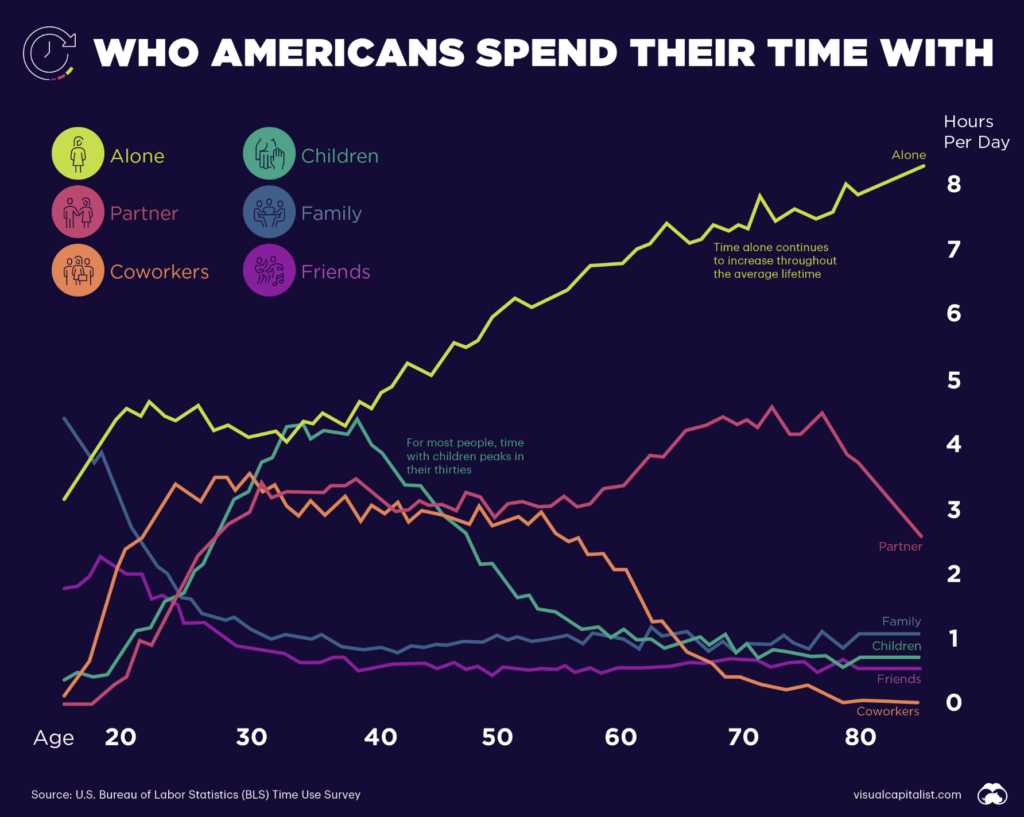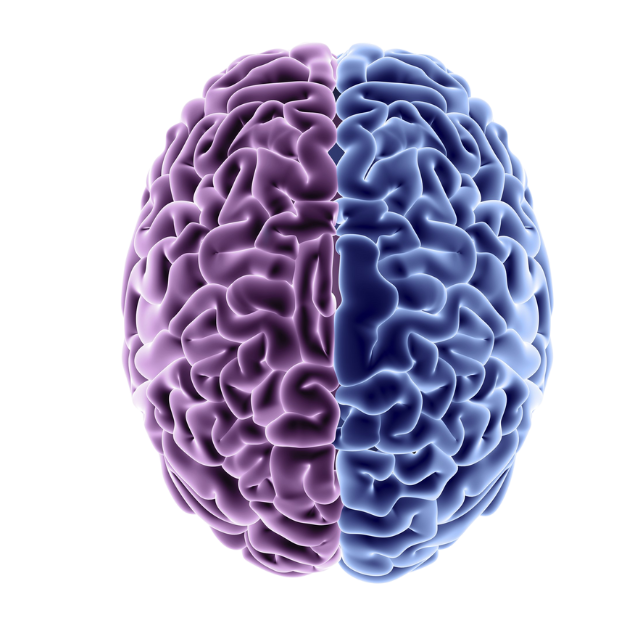The Longest Study on Happiness
Harvard reveals results of the longest-running study on happiness, following a diverse group of 724 men since they were teenagers in 1938. The team collected a wealth of personal, psychological and health data over 75 years to identify the specific traits and behaviors that were linked to increased happiness across the entire group.
In an interview with Inc., project director, Dr. Robert Waldinger, commented, “Personal connection creates mental and emotional stimulation and those things are automatic mood boosters, while isolation is a mood buster.” Humans are an intensely social species. In our ancestral past, if we suddenly became isolated and pushed out by the tribe, it would have meant our inevitable death. So, the behaviors responsible for ensuring social connection – and therefore success in life – would have had a strong selective pressure. They still do.”
In a TED Talk, Dr. Wadinger poses an important question to young adults, “If you were going to invest now in your future best self, where would you put your time and energy?” He noted a recent survey that asked millennials about their most important life goals. 80% said a major life goal is to get rich, and another 50% of those same adults said a life goal was to become famous. “In modern society, we’re constantly told to lean into work, and achieve more. These are the things we need to go after in order to have a good life.”
A study that lasts 75 years extremely rare. It’s the opportunity to watch life unfold, in real-time. The Harvard Study of Adult Development may be the longest run study to have ever been done. Most long-term studies fall apart within the first decade. Researchers get distracted, participants lose interest or funding dries up. Through the persistence of several generations of researchers, this study has been made possible.
The Loneliness Epidemic
Who Do You Spend Most of Your Time With?
Using insights from the American Time Use Survey and Our World in Data, Visual Capitalist evaluated who American spend most of the time with at various stages in life.

One of the most significant trends on this chart is increased time spent alone. By the time someone reaches 80 years old, daily time spent alone reaches 477 minutes, meaning more and more elderly people are left without sufficient social connection.
Research shows that early a third of people in developed Western countries live alone. To quantify this, they are found to be alone for about 8-10 hours of the day, every day. For people who live with others, they are found to be alone for 5-7 hours every day. This greatly contrasts the hunter-gatherer societies of early humans, where nearly all activities were done together in a group experience.
This becomes increasingly problematic when we look at research on longevity. One study found that more than 80% of centenarians, or people who live to be 100+, communicate with a friend or family member daily (Elder Care Alliance, 2018). Another common thread for people in the 100+ club is regular social engagement. Research estimates that your overall survival rate increases by 50% if you have strong social relationships.
The Impact of Technology on Happiness Levels
In the pursuit of connection, modern society has embraced technology as a means to bridge geographical gaps and foster relationships. Paradoxically, the surge in technology use, especially in the realm of social media and virtual interactions, has brought forth an unforeseen consequence: a growing sense of disconnection and isolation. Dr. Wadinger notes, “We’ve never been more advanced, we’ve never been more miserable.”
There is a growing need to consciously design technology that facilitates the natural urge to connect, belong and socialize. In other words, we need to get more intentional with the infrastructure we want to build, because it has increasing impact on our long-term well-being.
VISUALIZEin360 prioritizes ethical tech development, serving to enhance one’s connection to the world, rather than provide an escape from reality. There is a rigorous commitment to facilitating social connection that is needed to thrive.
We must look at the way technology is designed to operate and the impact is has on a user’s psyche. We must optimize this process through available research and ensure our metrics capture data related to mental and emotional habits, prioritizing the health of the end-user at all costs.





